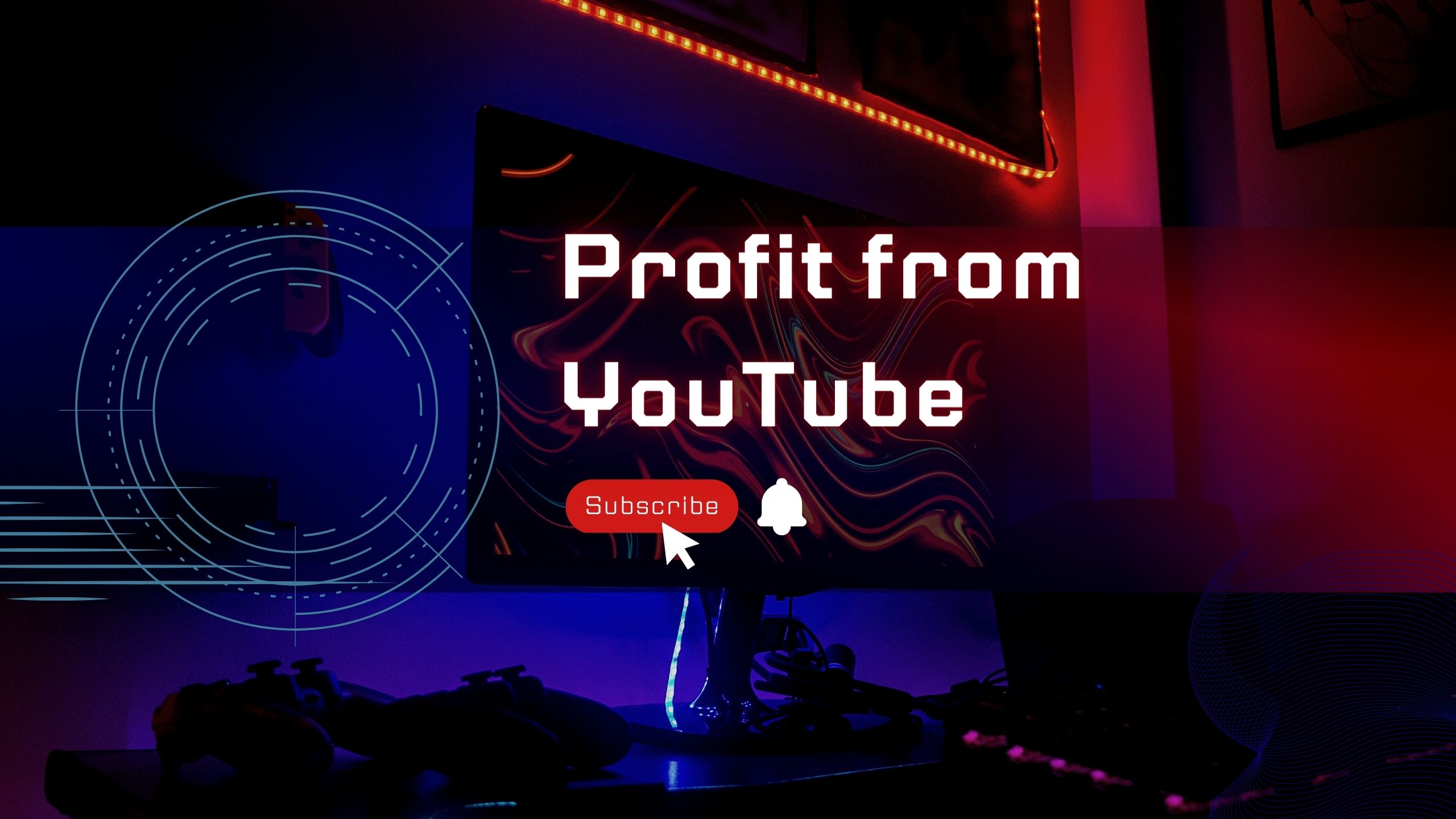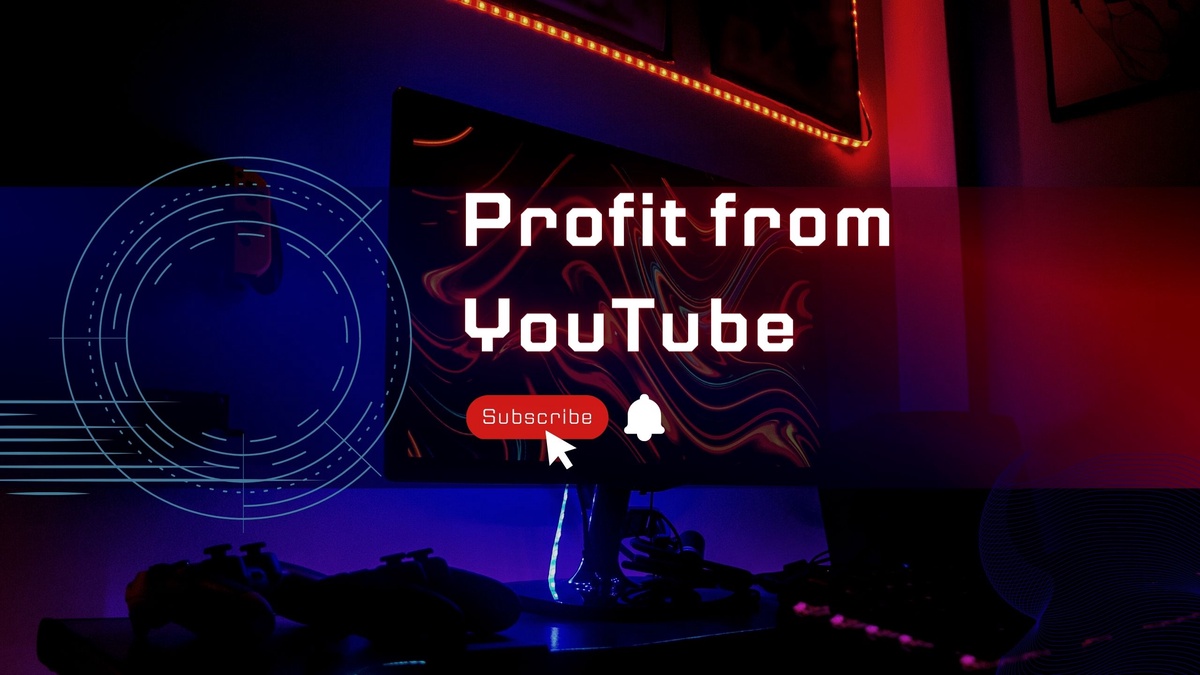Understanding YouTube's Partner Program
YouTube's Partner Program (YPP) is a program designed to help content creators monetize their videos and earn money from their content on YouTube. The program is available to creators who meet specific eligibility requirements.
To join the YouTube Partner Program, creators must:
- Have at least 1,000 subscribers
- Have at least 4,000 watch hours in the past 12 months
- Comply with YouTube's Community Guidelines and Terms of Service
- Have an AdSense account set up
Once a creator meets these requirements, they can apply to join the YPP. After being accepted, creators can monetize their videos through advertising revenue, channel memberships, Super Chat, Super Stickers, and merchandise sales.
However, it's important to note that being in the YPP does not guarantee a certain amount of revenue or views. Creators still need to create high-quality content that resonates with their audience to succeed on the platform.

Creating Engaging Content
Creating engaging content on YouTube is crucial for building and retaining an audience. Here are some tips for creating engaging content on YouTube:
-
Know your audience: Understanding your audience is crucial for creating content that resonates with them. Research your target demographic and create content that speaks to their interests and needs.
-
Develop a consistent brand: Establishing a consistent brand identity can help viewers recognize your content and feel more connected to your channel.
-
Focus on quality: High-quality videos that are well-shot, well-edited, and have good sound quality are more likely to engage viewers and keep them watching.
-
Tell a story: People love stories, so try to tell a compelling story with your content that will keep viewers engaged and invested.
-
Be authentic: Viewers can tell when someone is being genuine, so don't try to be someone you're not. Be yourself and let your personality shine through.
-
Keep it concise: Attention spans are short, so keep your videos concise and to the point. If your video is too long, viewers are more likely to lose interest and click away.
-
Engage with your audience: Respond to comments, ask for feedback, and encourage viewer participation to create a sense of community around your channel.
By following these tips and experimenting with different types of content, you can create engaging videos that will attract and retain viewers on YouTube.
Promoting Your Channel
Promoting your channel is an important part of building an audience on YouTube. Here are some tips for promoting your channel:
-
Optimize your videos for search: Use relevant keywords in your video titles, descriptions, and tags to make your videos more discoverable in search results.
-
Use social media: Promote your videos on your social media channels like Twitter, Facebook, and Instagram to reach a wider audience.
-
Collaborate with other creators: Collaborating with other YouTubers can help you tap into their audience and introduce your channel to new viewers.
-
Engage with your audience: Respond to comments and engage with your viewers to build a sense of community around your channel. This can lead to more subscribers and views as people feel more connected to your content.
-
Advertise your channel: Consider running ads on YouTube or other platforms to promote your channel and reach a wider audience.
-
Cross-promote your videos: Include links to your other videos in your video descriptions and end screens to encourage viewers to watch more of your content.
-
Use email marketing: If you have an email list, use it to promote your channel and new videos to your subscribers.
By using these strategies and experimenting with different promotion techniques, you can build a larger audience for your channel and increase your views and subscribers over time.
Diversifying Your Revenue Streams
Diversifying your revenue streams is a smart strategy for YouTubers who want to monetize their channel beyond just ad revenue. Here are some ways to diversify your revenue streams:
-
Channel memberships: Channel memberships allow viewers to pay a monthly fee to access exclusive content, perks, and benefits from your channel.
-
Merchandise sales: Selling merchandise like t-shirts, hats, and other branded items can be a great way to generate additional revenue from your channel.
-
Affiliate marketing: Partnering with brands and promoting their products through affiliate marketing can help you earn a commission on sales made through your unique link.
-
Sponsorships: Sponsoring brands and companies can be a lucrative way to monetize your channel, especially if you have a large following.
-
Crowdfunding: Using platforms like Patreon or Kickstarter to crowdfund your content can help you generate revenue directly from your audience.
-
Licensing your content: Licensing your videos or images to other websites or media outlets can be a passive way to generate revenue from your content.
-
Selling digital products: If you have expertise in a particular area, you can create and sell digital products like e-books, courses, or webinars to monetize your knowledge.
By diversifying your revenue streams, you can reduce your reliance on ad revenue and create a more stable income stream for your channel. Experiment with different strategies and find what works best for your audience and niche.
Staying Up-to-Date on YouTube's Policies and Algorithm Changes
Staying up-to-date on YouTube's policies and algorithm changes is essential for any YouTuber who wants to succeed on the platform. Here are some tips for staying informed:
-
Subscribe to YouTube's Creator Insider channel: This channel provides updates on YouTube's policies, features, and product changes straight from the YouTube team.
-
Join YouTube's Creator Community: The Creator Community is a forum where creators can ask questions, share tips, and stay informed on YouTube's latest changes.
-
Follow YouTube's social media accounts: YouTube frequently posts updates and news on their social media channels, including Twitter and Facebook.
-
Attend creator events and workshops: YouTube hosts events and workshops for creators to learn about new features, policies, and best practices.
-
Watch YouTube experts and influencers: Many YouTube experts and influencers regularly share their insights and analysis of the platform's policies and algorithm changes on their channels and social media accounts.
-
Read YouTube's policies and guidelines: It's important to familiarize yourself with YouTube's policies and guidelines to ensure that your content meets their standards and to avoid any potential strikes or penalties.
By staying up-to-date on YouTube's policies and algorithm changes, you can optimize your content to perform well on the platform and avoid any potential issues with your channel.


Comments (1)